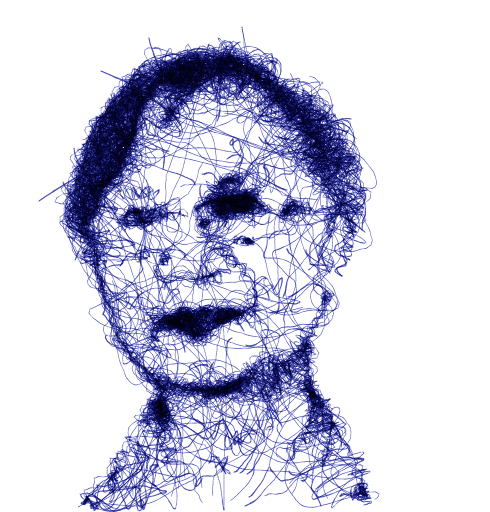Biography of Marjorie Evasco, researcher, professor emerita of literature, and writer

Marjorie Evasco, holding a doctorate in literature, is a university researcher, professor emerita of literature, and writer-in-residence at De La Salle University in Manila, where she teaches in the graduate literature programs. She was awarded the SEAWRITE Prize in 2010 (Philippines) and the Ani ng Dangal Prize in 2011 by the National Commission for Culture and the Arts (NCCA). Her works have received National Book Awards in poetry, oral history, biography, and art. She divides her time between her townhouse in Manila, with its bamboo garden and three cats, and her blue-and-white apartment in Bohol.
Only their hands, speak of the task, gathering the day’s burden of beauty: birds of paradise singing in tongues…
A poem-chair
“I adopted the chair, this familiar object, a few decades ago, at a time when I wanted to create art on a human scale in public spaces, while everywhere else people opted for the monumental: it is an object shaped like the body and serves the body. It is difficult to feel exclusive ownership of an object so universally shareable. It is mine when I occupy it, but if I leave it, someone else can claim it as their chair.” Michel Goulet, artist-sculptor
The project Prendre position
Prendre position is a sculpture-installation project of 47 chair-poems to mark the 100th anniversary of the Cité internationale universitaire de Paris. They were installed in a flowered meadow created especially for the occasion by the campus estate service.
This artistic installation was conceived by the Quebecois artist-sculptor Michel Goulet, in collaboration with François Massut, founding director of the collective Poésie is not dead.
Each house on the campus is represented by a chair, thanks to a donation from the Maison des étudiants canadiens and the support of the Labrenne group. Each of the 47 chairs is a unique work.
History and architecture of the house
Formerly the Maison de l’Indochine, the Maison des étudiants de l’Asie du Sud-Est was established in the context of early 20th-century colonial France. Its funding came from an initiative committee, mainly composed of French industrialists based in the region. The laying of the first stone took place in July 1928, in the presence of the Emperor of Annam, Bao-Daï, and the Minister of the Colonies.
